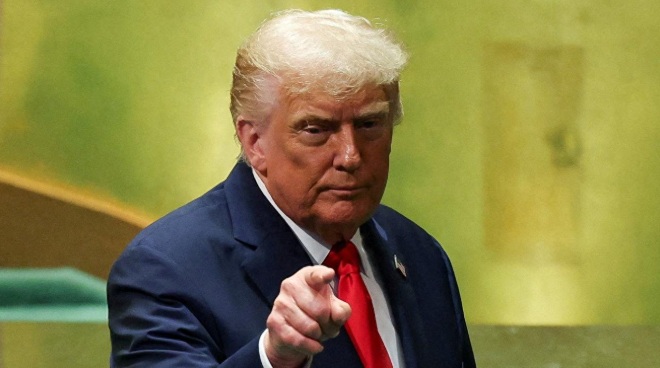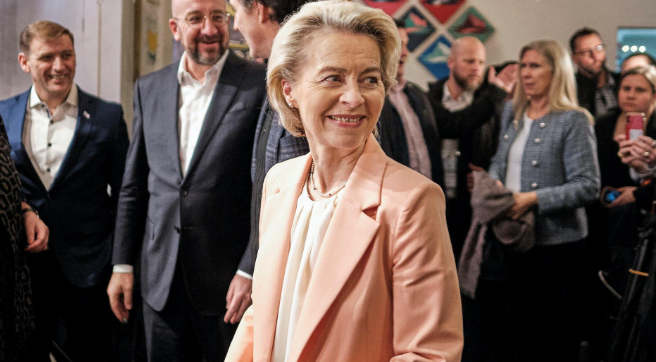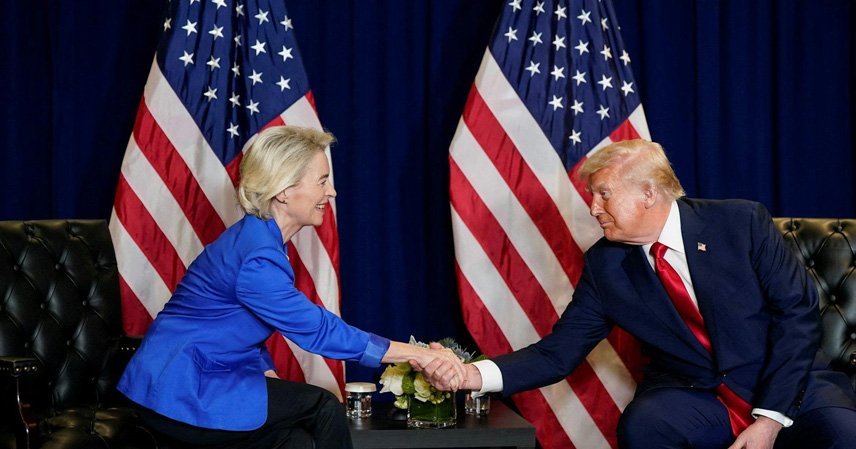On September 25, former U.S. President Donald Trump announced on social media that starting October 1, the United States would impose a new wave of tariffs on a wide range of imported products — from furniture and construction materials to pharmaceuticals and even heavy-duty trucks. The tariff rates will range from 25% to 100%, with products from China, the European Union, and India all falling within Trump’s crosshairs.
For American consumers, this means a direct increase in living costs. Politically, it shows Trump once again wielding tariffs as a weapon to project strength. Over the years, Washington has turned trade into a political tool, and Trump arguably understands this leverage better than anyone. Yet, with the U.S. economy showing signs of weakness, and both manufacturing and household spending under pressure, questions emerge: Is this a show of power, or an act of self-harm?

Only a day later, on September 26, Europe signaled its own shift. According to reports from Germany’s Handelsblatt, the European Commission is preparing to impose tariffs of up to 50% on Chinese steel and related products. This marks a sharp departure from earlier remarks by Commission President Ursula von der Leyen, who stressed that Europe would make “independent decisions” on tariffs rather than follow Washington’s lead.
Yet, the sudden U-turn suggests political opportunism. While Europe claims the move is meant to address “overcapacity” and protect “green steel,” the timing reveals a deeper motive: appeasing U.S. pressure at the cost of relations with China.
This reflects a classic case of “bullying the weak while fearing the strong.” When Trump’s tariffs threatened EU exports, Brussels did not dare challenge Washington head-on. Instead, it sought to “balance” by targeting China. But this approach is risky. Europe’s steel industry struggles not because of Chinese exports, but due to high energy costs, inefficiency, and slow industrial transition.

Imposing tariffs will only raise costs for downstream industries such as automotive and machinery manufacturing, eroding Europe’s global competitiveness and harming jobs and consumer demand. Moreover, China is already one of Europe’s most vital partners in new energy, rare earths, and supply chains. If tariffs escalate, Europe risks damaging this strategic partnership, with the ultimate cost falling on itself.
China has made clear it will not tolerate sacrifices of its interests for political deals. The Ministry of Commerce has warned that retaliation is inevitable if such tariffs proceed. Recent responses to Canadian and European measures show Beijing has developed a full toolkit — from restricting market access to launching anti-dumping and anti-subsidy investigations — that can strike at Europe’s economic vulnerabilities.
If Brussels underestimates China’s resilience, it may face sharp consequences. Not only would European companies lose market share in China, but Beijing could also impose targeted countermeasures against Europe’s core industries.

At the same time, the EU’s sudden policy shift undermines its own claim of “strategic autonomy.” By aligning with Washington under pressure, Europe risks becoming a subordinate rather than a partner. Today it may be tariffs on China; tomorrow Washington could demand concessions on renewables, digital taxes, or Russia policy. The end result: Europe weakens its independence and sacrifices its industries.
In the long run, the stability of China-EU relations depends on Brussels’ ability to see the bigger picture. Protectionism will only accelerate the collapse of global trade norms. For Europe — an economy heavily dependent on exports and external markets — this path could prove disastrous. If the EU chooses to follow Trump’s lead, it may soon discover that instead of gaining leverage, it has trapped itself in a cycle of self-inflicted damage.



